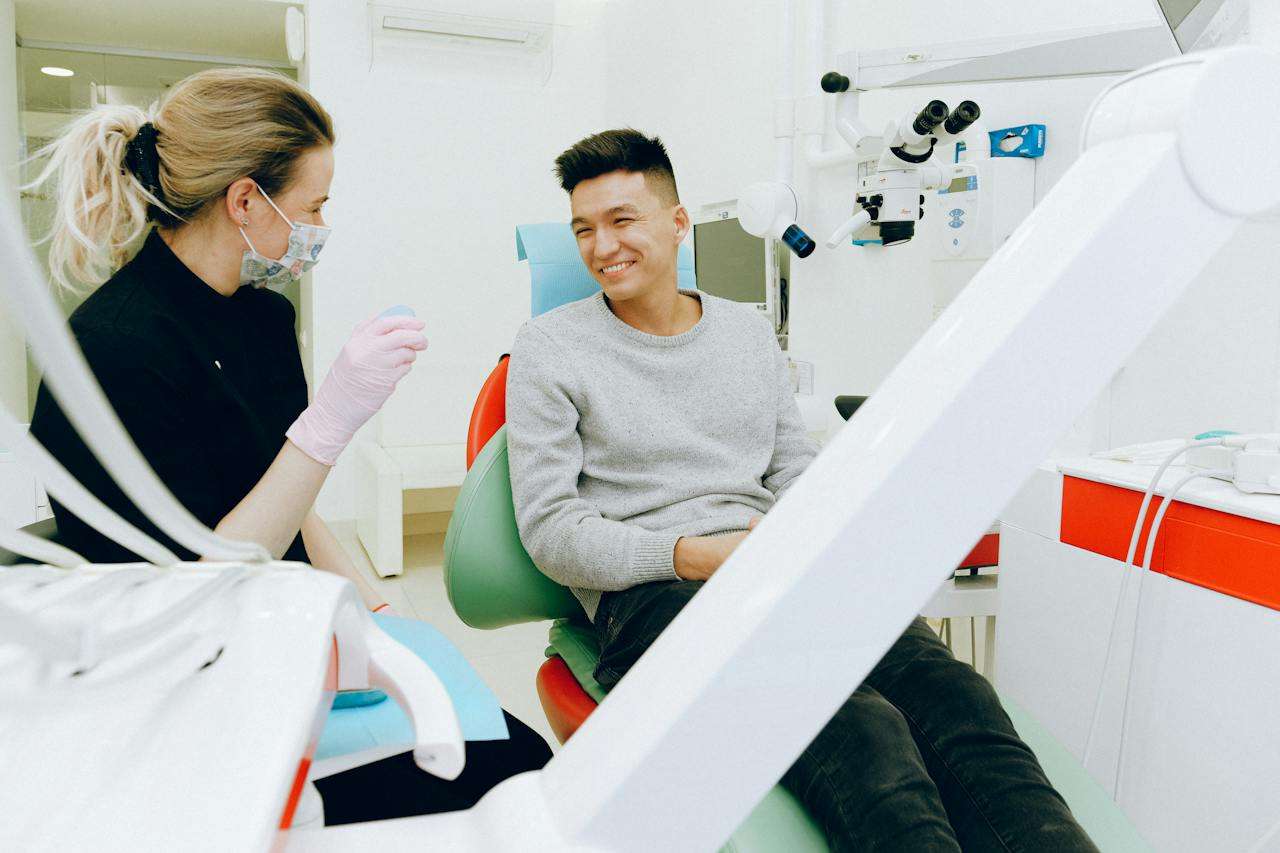Encountering a broken tooth can be an unexpected and uncomfortable situation, demanding immediate attention and informed actions. Whether resulting from an accidental injury or unexpected impact, knowing how to respond is crucial. This guide provides essential steps to navigate the aftermath of a broken tooth, offering practical advice on initial care, pain management, and long-term solutions.
Cleanse the Area
Rinsing the mouth serves a crucial role in managing a broken tooth. After an injury, it is essential to cleanse the affected area thoroughly. Utilize warm water for this purpose, as it aids in the removal of debris and foreign particles without causing additional discomfort. The water’s temperature should be kept moderate to prevent extremes that could make sensitivity worse. By swishing the warm water gently around the mouth, you help ensure a clean oral environment, reducing the risk of infection and facilitating a more comfortable healing process. This initial step plays a pivotal role in the overall care and immediate response to a broken tooth, promoting oral hygiene and setting the stage for subsequent actions to address the situation.
Manage the Flow of Blood
Start by using a clean gauze or cloth to gently press on the affected region. This pressure helps stem the flow of blood and encourages the formation of a clot, a crucial step in halting the bleeding. Maintain this pressure until the bleeding subsides, typically within a few minutes. Resist the impulse to apply too much force since this could make the injury worse. If bleeding persists despite initial efforts, consider using additional gauze layers while maintaining steady pressure. Swift and appropriate action in controlling the bleeding not only minimizes discomfort but also reduces the risk of complications and supports the overall management of the broken tooth.
Manage Pain with Over-the-Counter Medications
Over-the-counter medications provide a readily accessible means to alleviate discomfort. Think about using analgesics, like ibuprofen or acetaminophen, but make sure to take them according to the suggested dosage. These medications work to reduce pain and inflammation associated with dental injuries. It is essential to adhere to the suggested dosage and guidelines to ensure their optimal effectiveness while minimizing the risk of side effects. Additionally, timely administration of these medications contributes to a more comfortable experience, allowing individuals to cope with the immediate aftermath of a broken tooth as they seek professional dental care.
Cold Compress Application
Applying a cold compress is a beneficial measure to mitigate swelling resulting from a broken tooth. The use of a cold compress, typically in the form of an ice pack wrapped in a cloth, can be instrumental in reducing inflammation and numbing the affected area. It is advisable to apply the cold compress externally to the injured part of the mouth for approximately 15 minutes at a time. This intermittent application aids in minimizing swelling without causing undue discomfort or potential damage to the surrounding tissues. The cold compress serves as a simple yet effective method to address the immediate consequences of a broken tooth, providing relief and supporting the overall management of the injury until professional dental care can be obtained.
Avoid Certain Foods and Activities
In the aftermath of a broken tooth, it is advisable to exercise caution in dietary choices and activities to prevent exacerbating the injury. Refrain from consuming hard or crunchy foods that could place undue stress on the damaged tooth and potentially lead to further complications. Similarly, avoiding activities that involve biting or chewing on hard objects is essential to minimize the risk of additional trauma. By adhering to these precautions, individuals can create a conducive environment for the healing process and reduce the likelihood of worsening the existing damage. This proactive approach, combined with seeking timely dental care, contributes to a more effective and expedited recovery from a broken tooth.
Long-Term Treatment Options
Long-term treatment options for a broken tooth involve a comprehensive assessment by a dentist to determine the most suitable course of action. Depending on the extent of the damage, dental professionals may recommend solutions such as dental bonding, crowns, or other therapeutic procedures tailored to the individual’s needs. In cases where the tooth cannot be salvaged through traditional methods, dental implants may be explored as a viable option for permanent replacement. Dental implants, which surgically anchor an artificial tooth into the jawbone, provide a long-lasting and aesthetically acceptable option. This method not only addresses the immediate consequences of a broken tooth but also provides a long-term, functional solution for individuals seeking lasting restoration and improved oral health.
Conclusion
By promptly assessing the damage, cleansing the area, and seeking immediate professional care, you enhance the prospects of a successful recovery. Reducing discomfort and taking preventative action also help the healing process go more smoothly. Remember, timely action is pivotal, ensuring that you not only address the immediate concerns but also pave the way for long-term treatment options.

As the editor of the blog, She curate insightful content that sparks curiosity and fosters learning. With a passion for storytelling and a keen eye for detail, she strive to bring diverse perspectives and engaging narratives to readers, ensuring every piece informs, inspires, and enriches.










